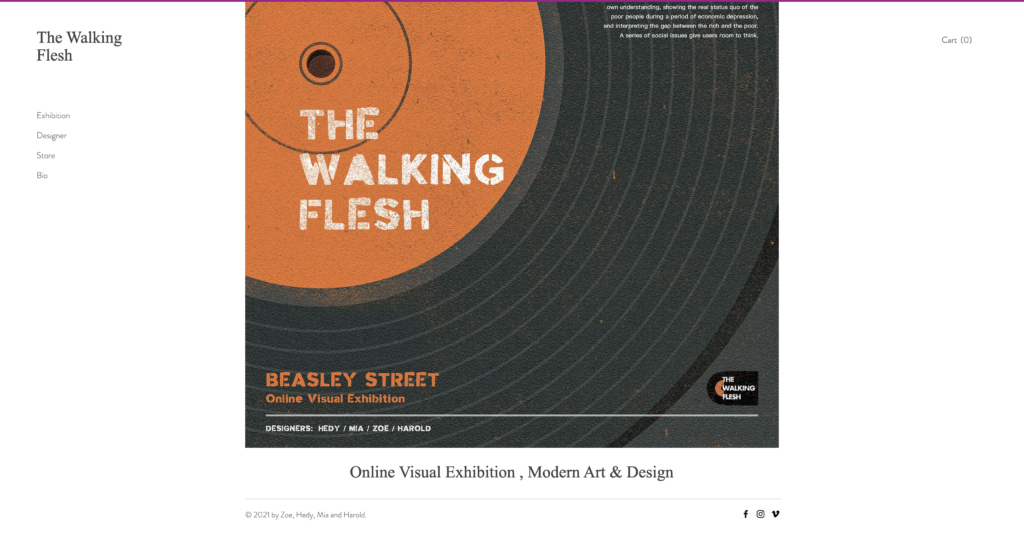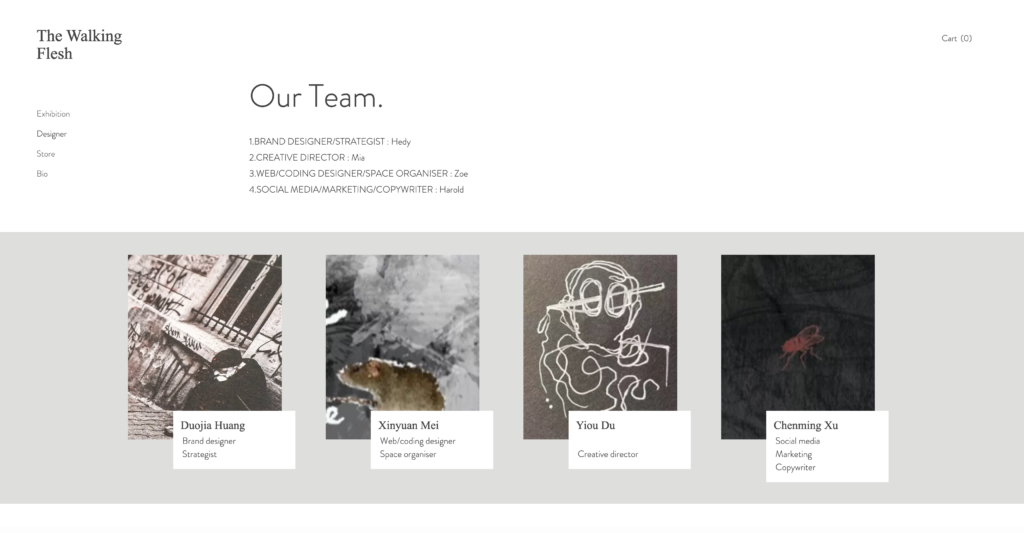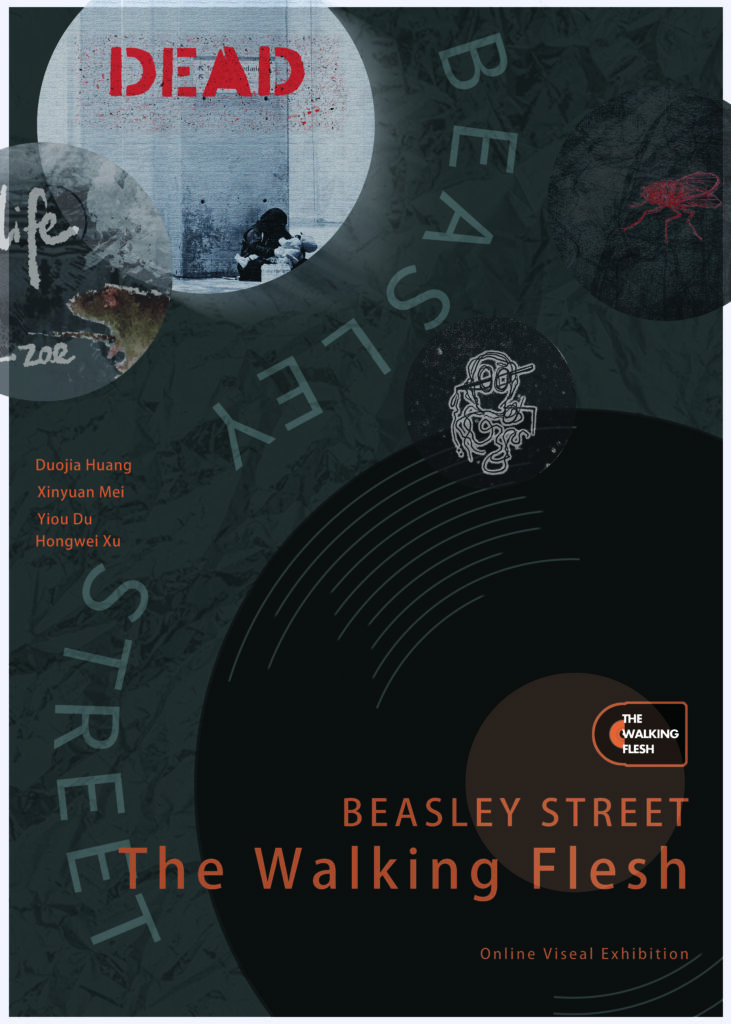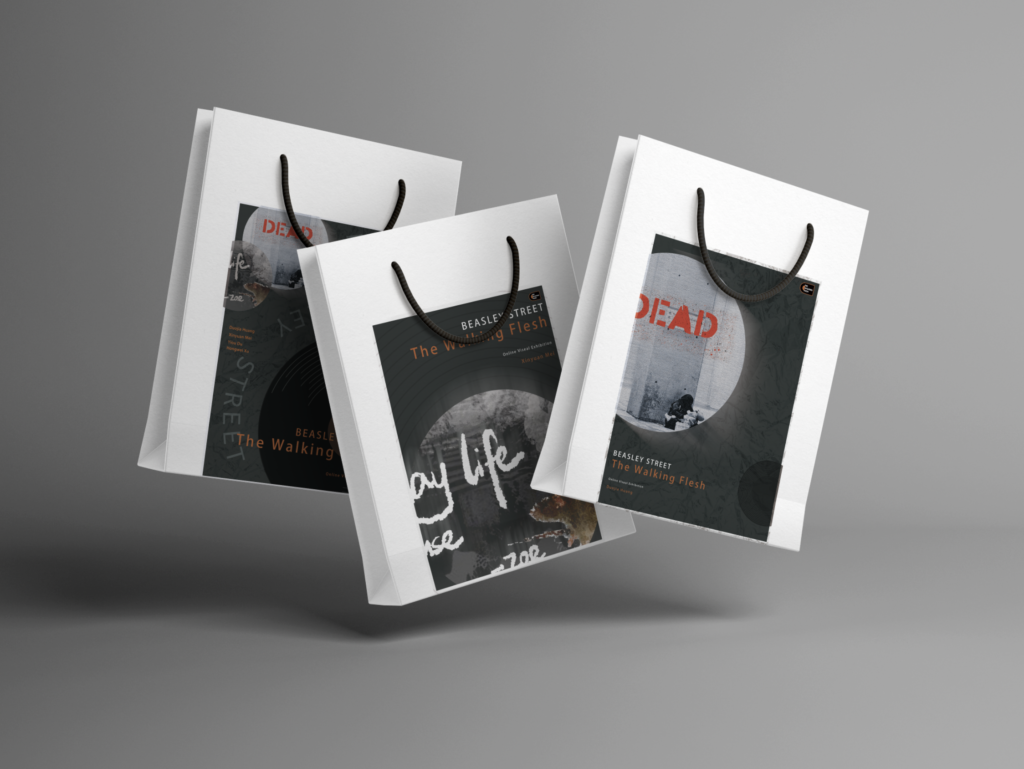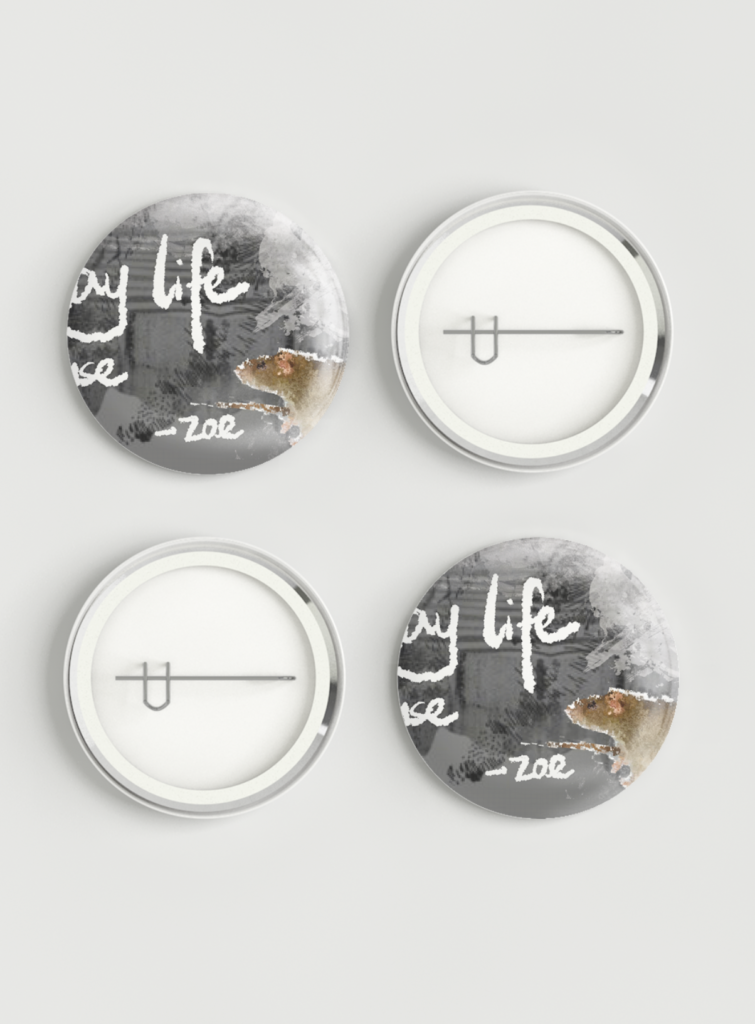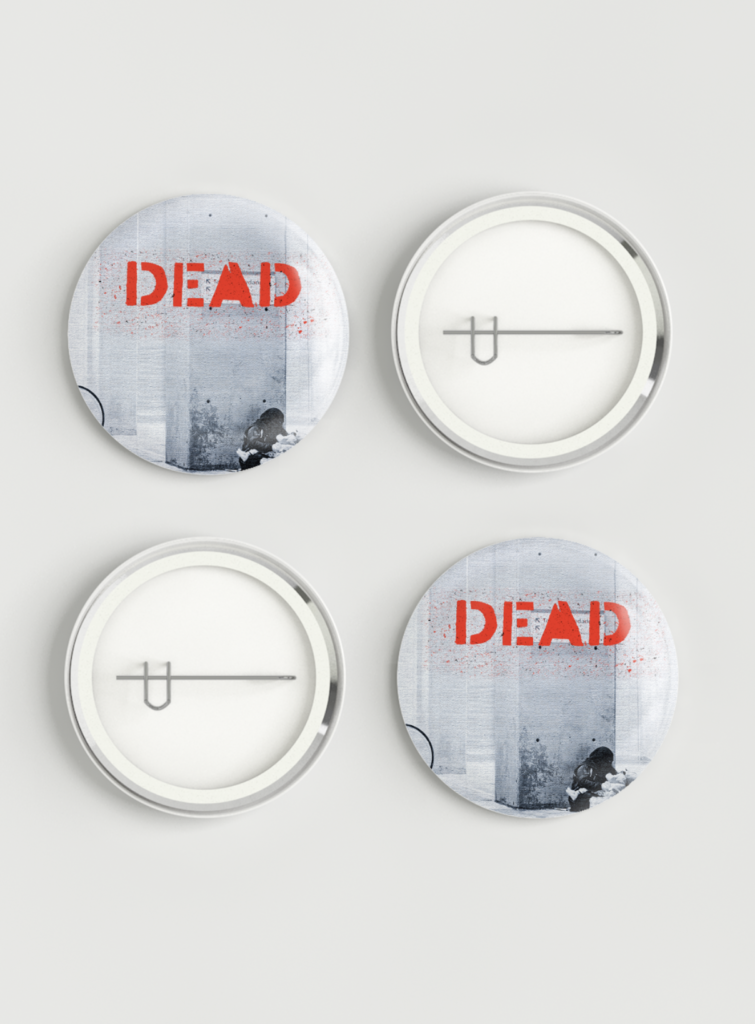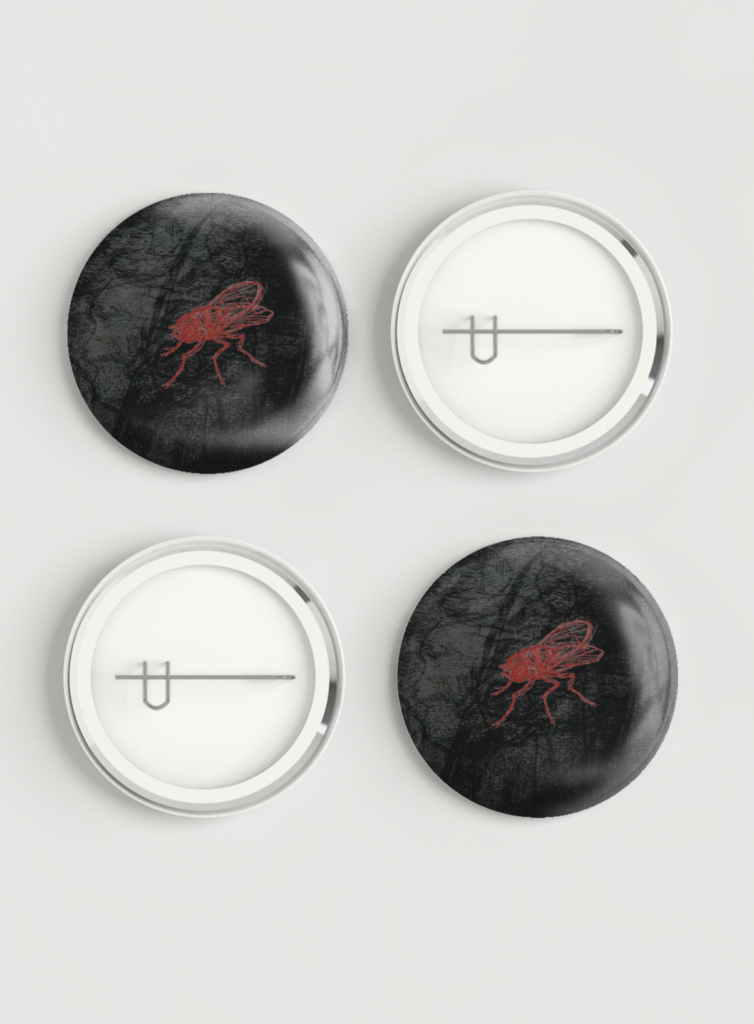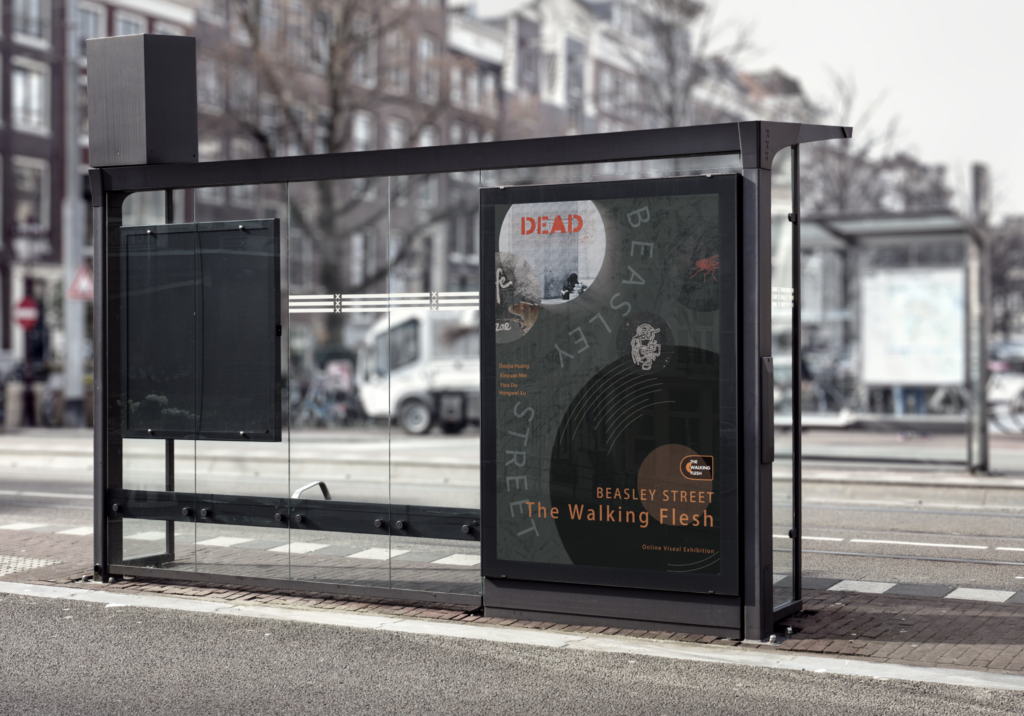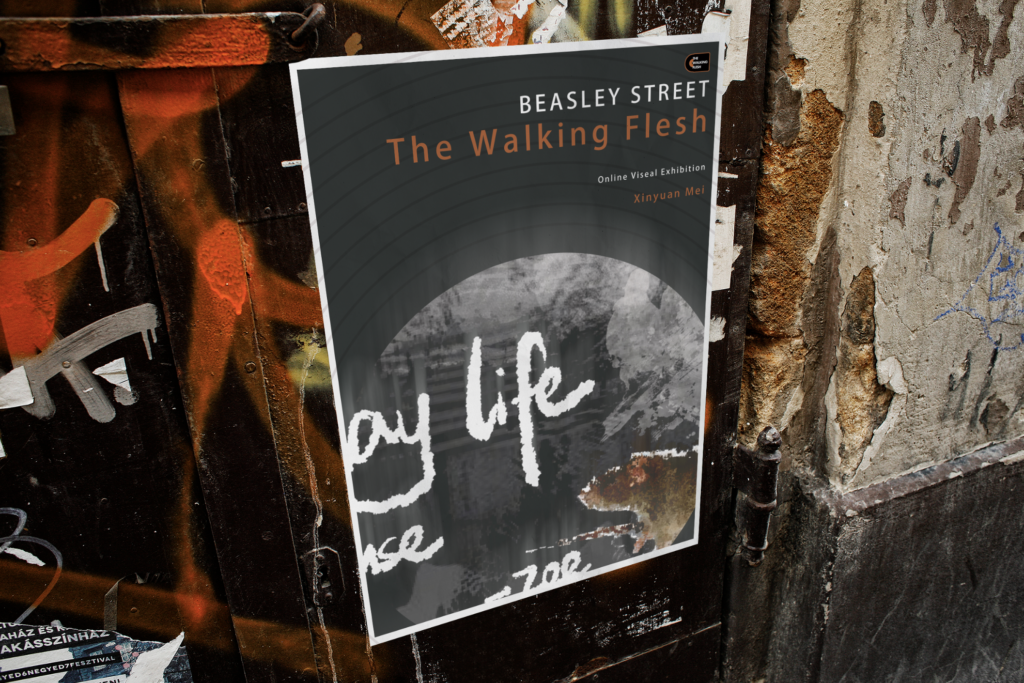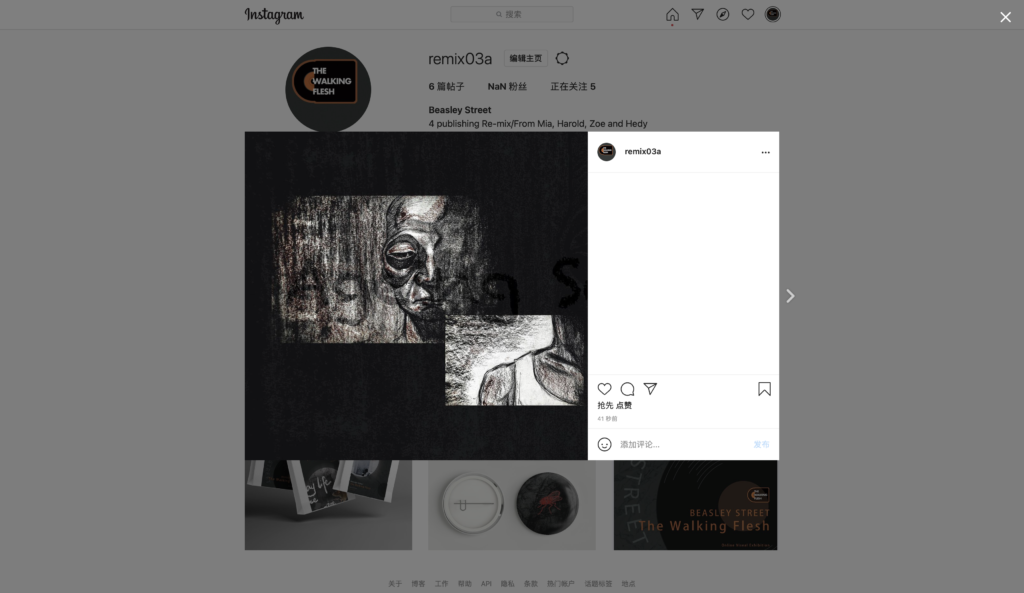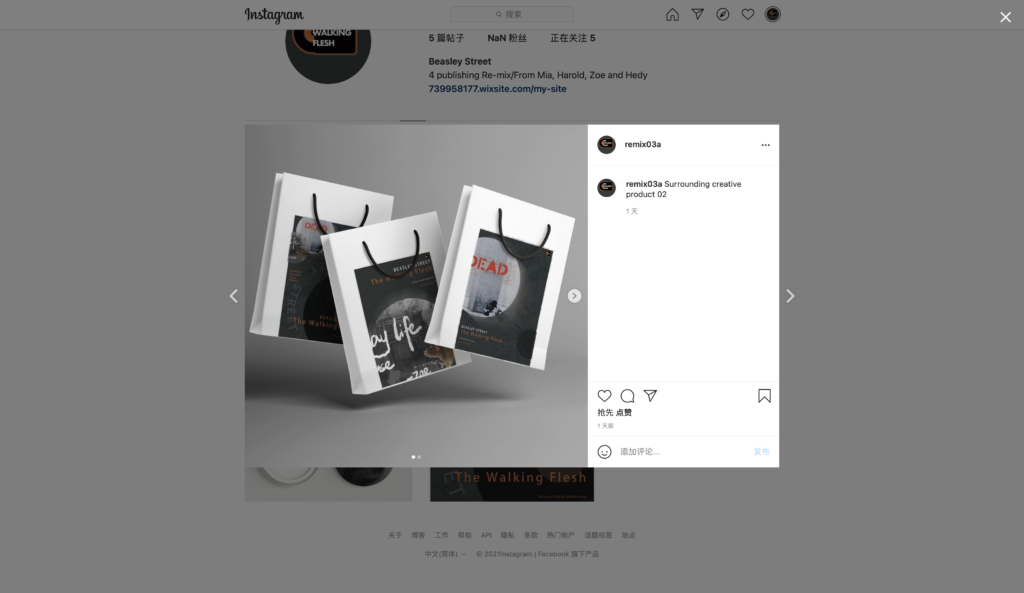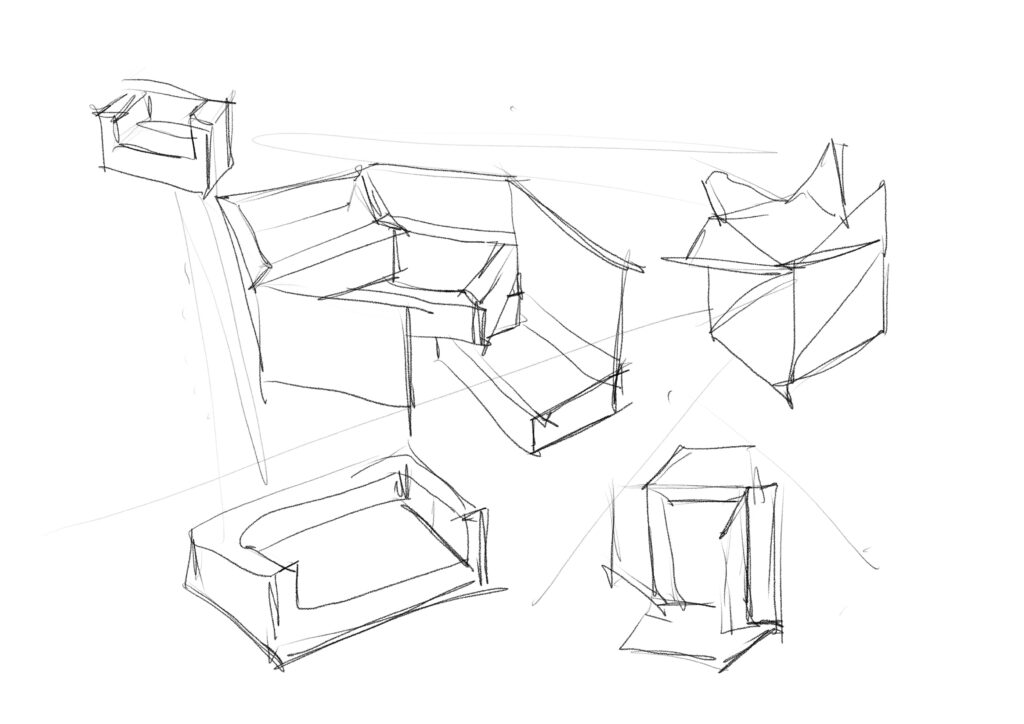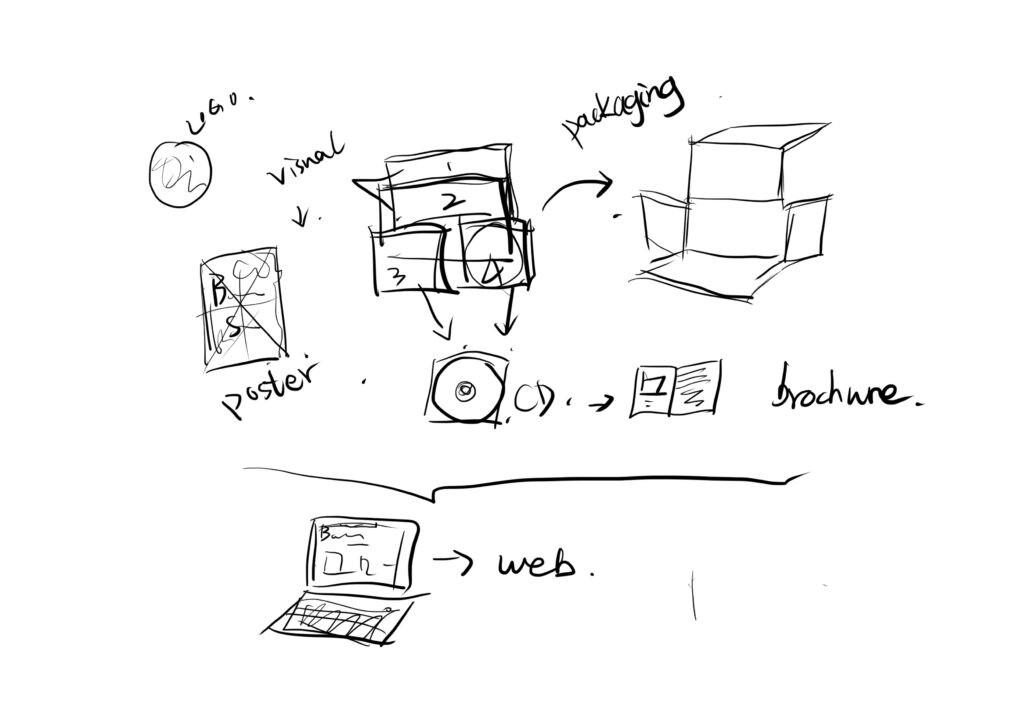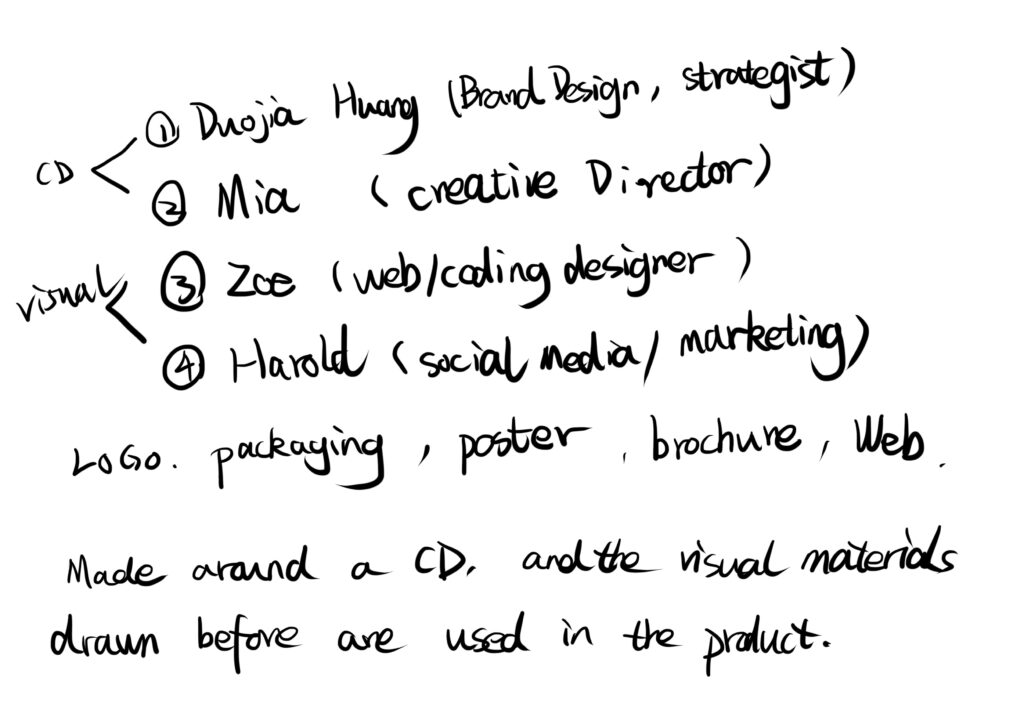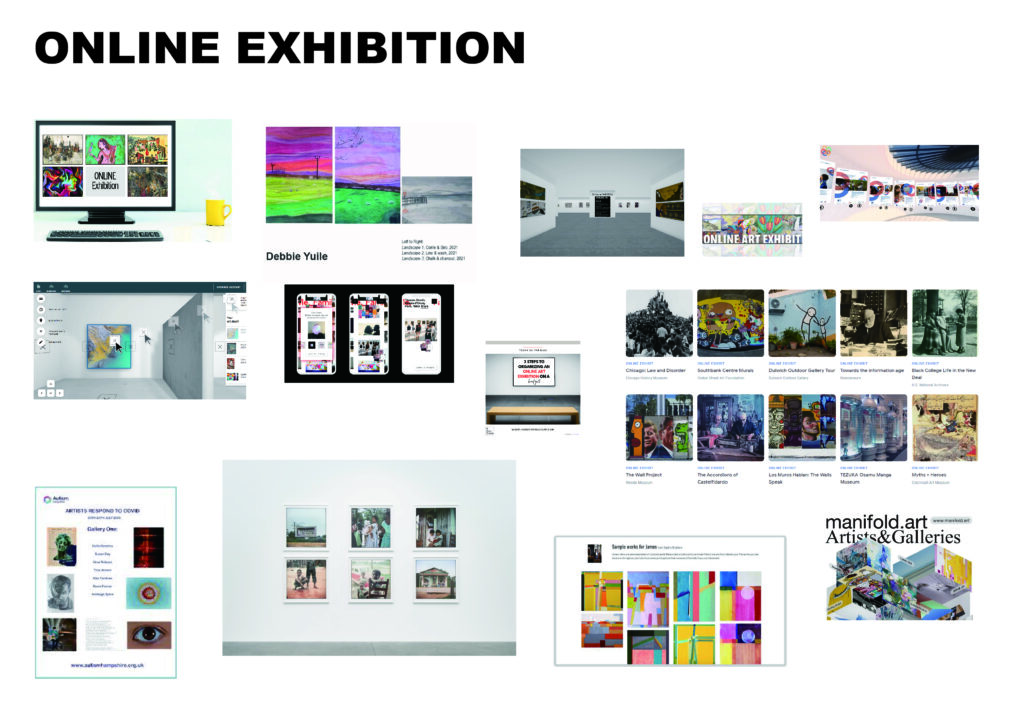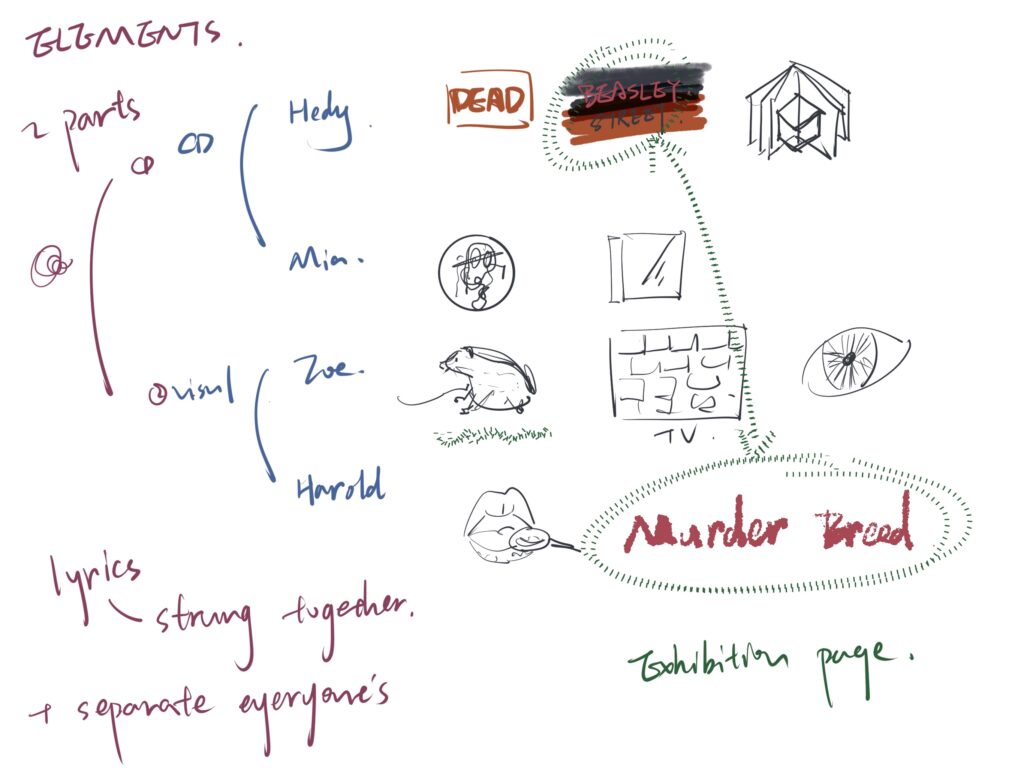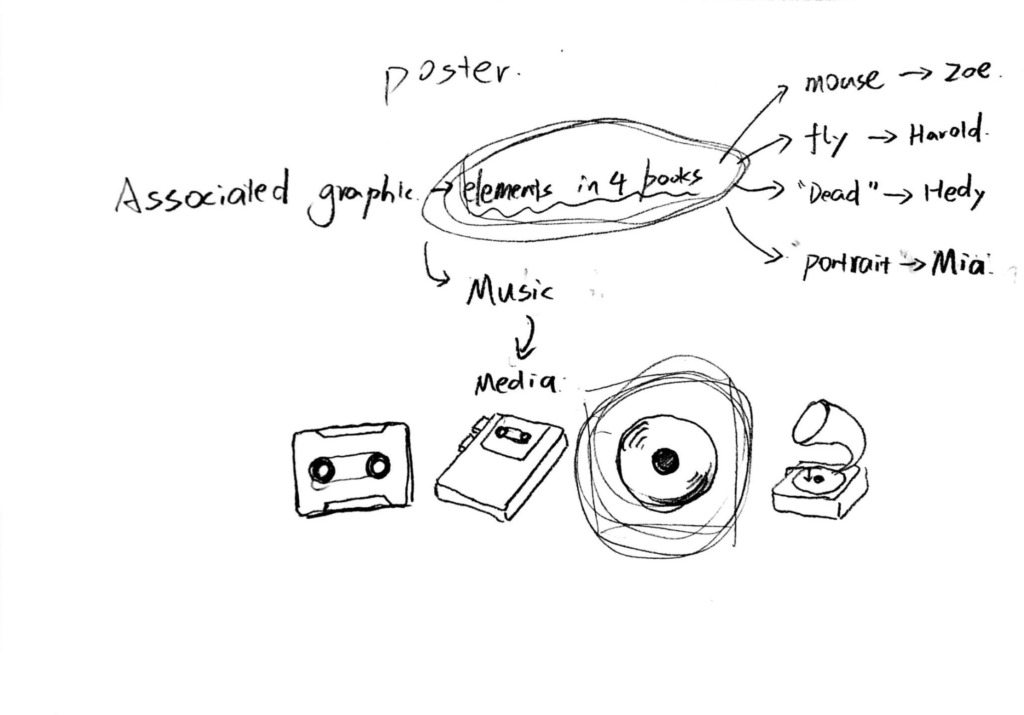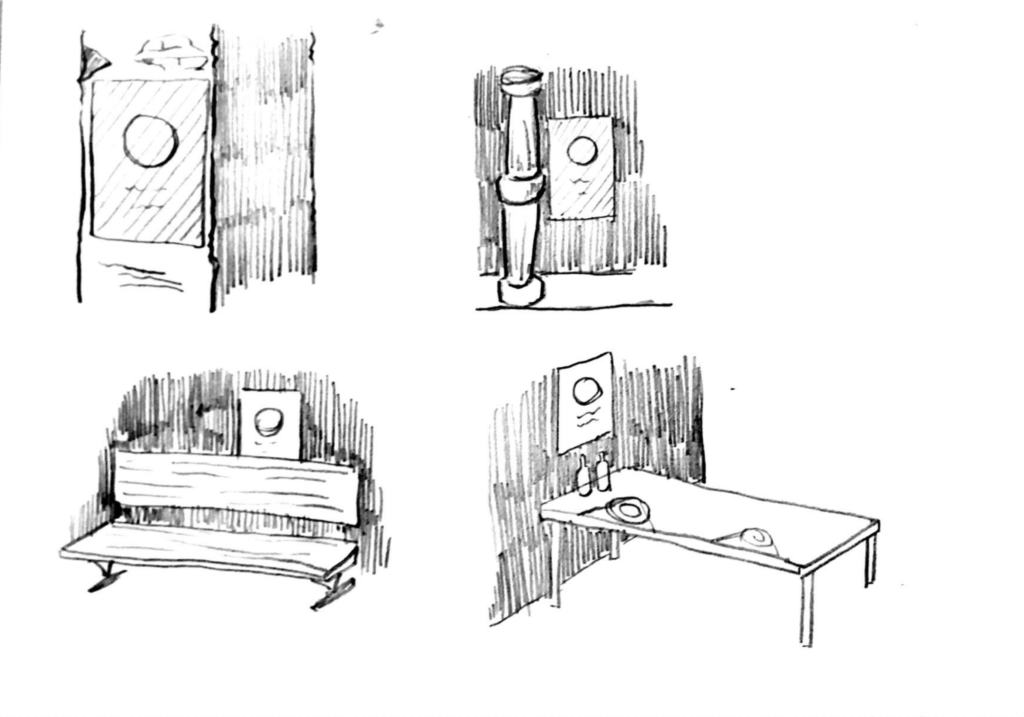Team introduction

Curatorial programme
1. Positioning
With the theme of “BEASLEY STREET”, the four designers describe the story of Beasley street through their own personalised visual language, showing the real situation of the poor people in a period of economic depression, interpreting a series of social problems brought about by the gap between the rich and the poor, and giving users It gives the user space to think.
Combining the visual and auditory senses, the exhibition brings users a unique experience.
A joint online exhibition of independent designers.
2. Target Audience.
Readers who want to learn about the poem Beasley street and understand the story behind it.
Music enthusiasts
Book lovers
Lovers of niche art
3. Status.
Offline exhibitions have received restrictions due to the New Crown epidemic
The development of the internet has made online exhibitions possible
Cross-territory, interactivity and e-commerce are the outstanding advantages of online exhibitions. Online exhibitions are not restricted by time and space and can attract a wider audience.
Online exhibitions have the inherent advantages of low cost, real-time and large coverage. For the ordinary audience, it is very impractical to watch off-site physical exhibitions, while online exhibitions can meet their basic needs. Online exhibitions save time and money as much as possible
4. Purpose of display.
To bring audiences an immersive exhibiting experience for the senses of sight and sound.
To showcase the designer’s work and increase the visibility of the design, while promoting and selling the designer’s peripheral products.
5、Significance of display.
In THE WALKING FLESH exhibition, the designers have transformed the difficult-to-understand text into visual language, telling the story of Beasley street.
Amplifying the meaning and function of each designer’s work, each piece is also given a new position and attribute in the whole exhibition.
6. Expected outcomes.
To exhibit the work of the four designers on the web, designing an online and user-interactive format for the exhibition.
Designing a logo for the exhibition, visual unification of the posters, website and surrounding creative products
Promote the exhibition in public spaces such as the metro and shopping malls to attract more relevant audiences.
Produce exhibition related materials.
Minutes of the meeting
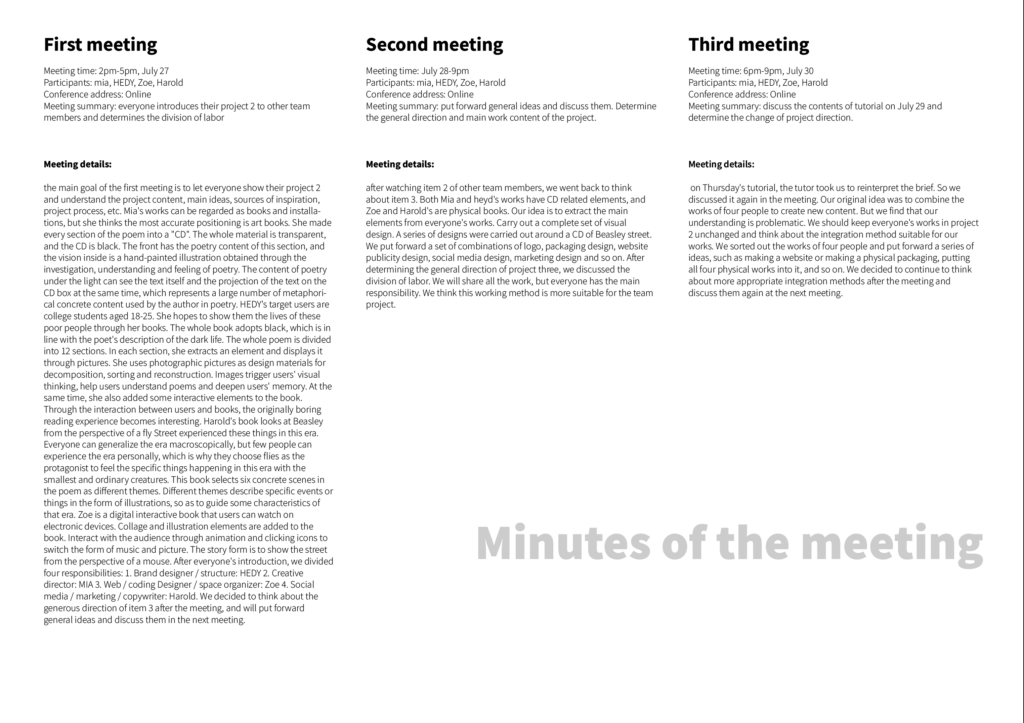
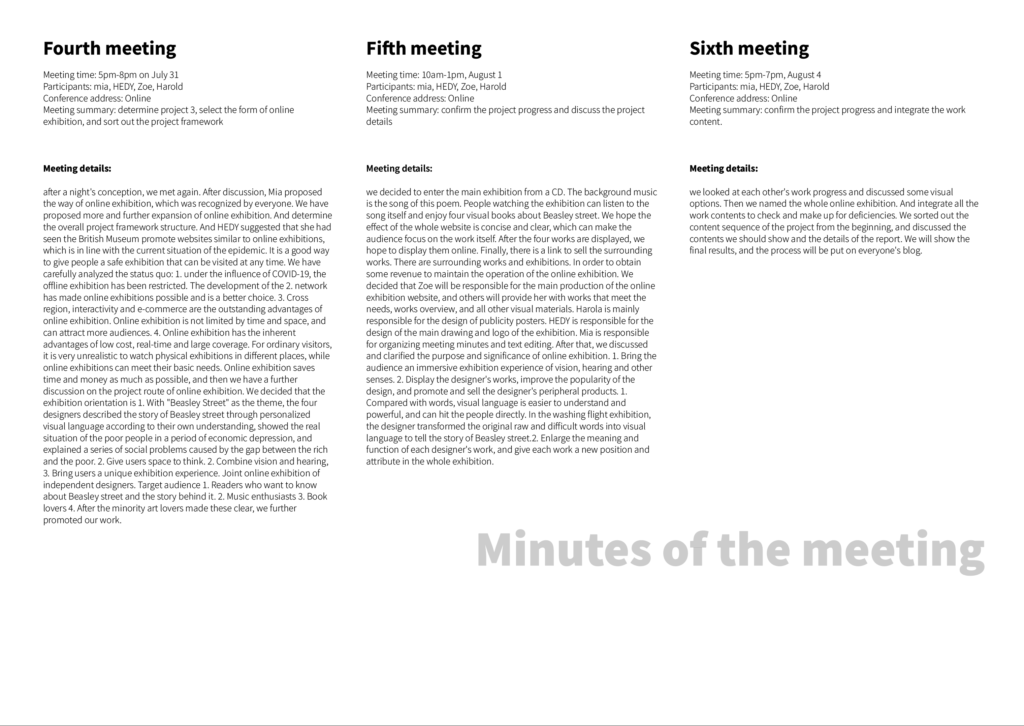
Website design
https://739958177.wixsite.com/my-site
Social media
Poster



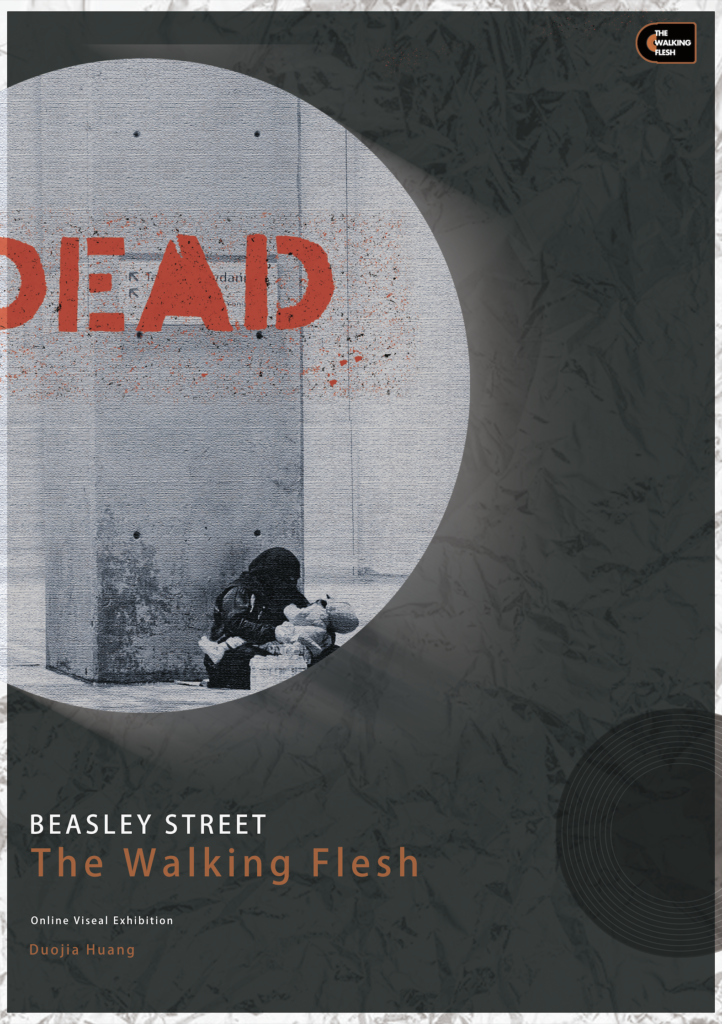
Surrounding creative products
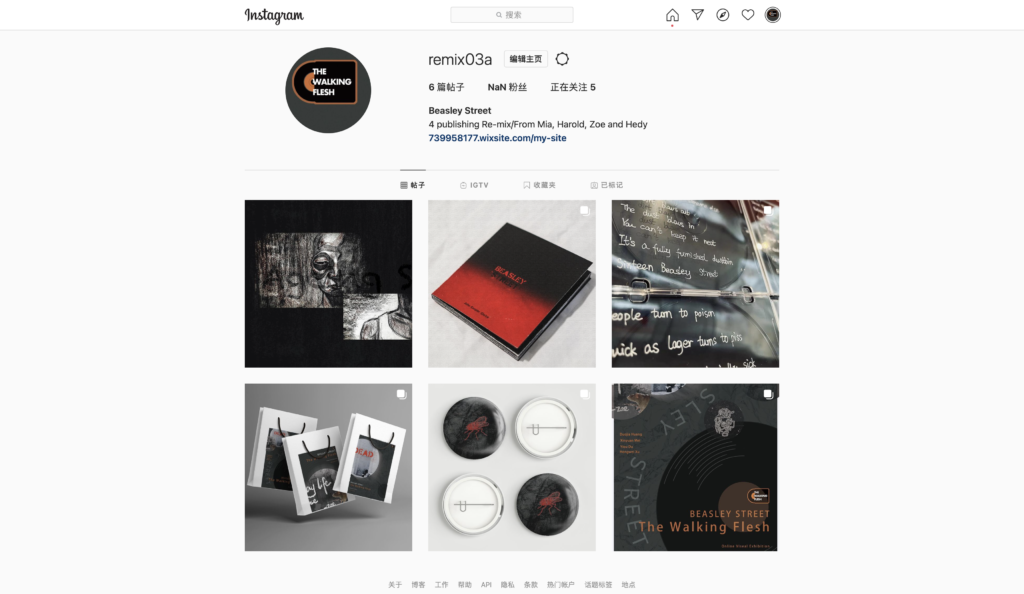
Project report
In this project we completed four different re-mixes from the previous project, and in the first meeting the four of us presented each other’s work from the second project and presented information about our own designs. We were able to get to know each other’s work very quickly in the first recap, as we were working on the same theme of Beasley Street and two of us were in the same group as me, so I was able to get to know some of their design concepts and processes in the tutorial. In the second half of the first meeting, we assigned each other our respective functions in the project. I chose the fourth position Social Media / Marketing / Copywriter, Hedy’s role was Brand Designer / Strategist, Mia was Creative Director and Zoe was Web / Coding Designer / Space organiser.
In the latter meetings we determined what it was we were doing. After our discussions we decided that the result would be an online exhibition of the work of the four designers, designed in an online and user-interactive format. Secondly, we designed the logo for the exhibition, and the visual identity for the posters, website and surrounding creative products. Finally, we promoted the exhibition on social media platforms and in public spaces such as subways and shopping malls to attract a wider audience and produce materials related to the exhibition. We combined our respective responsibilities and shared our work.
However, when we were completing our work, we found that it was not going very well, as we were only working individually, but we were not integrating our work well, which resulted in our designs not looking very unified. So we prepared a brief description of our work before the meeting and in the meeting we went deeper into the presentation of our designs, as we had only discussed what we should do in the previous meeting without discussing our stylistic integration and concepts, in other words we had only discussed the form of the design and not the core, so in this meeting we concentrated more on In other words, we had previously only discussed the form and not the core of the design, so in this meeting we concentrated on strengthening these elements.
In this project, after we had discussed style, concept and content, I designed and produced posters to promote our exhibition, five posters, one for the exhibition and four for each of the works in the unified style of the collective exhibition. In addition to this, I designed some derivatives, badges and bags in the style of the posters, which zoe then helped me to add to the website in the form of a sale. At the end of the day I put our content on social media, my choice was Instagram, and for the posters I had the idea of posting them on streets that looked run down, as I felt it was relevant to our theme.
Whatever the outcome of this project, I found the process very interesting. The process of putting together several projects allowed me to get to know each other’s work better and the final design of a product was a test of our ability to work together as a team. We had a good time discussing each other’s tasks, but there were some problems, as I mentioned above, in the production process where we initially thought of unity of form rather than integration of the core.
